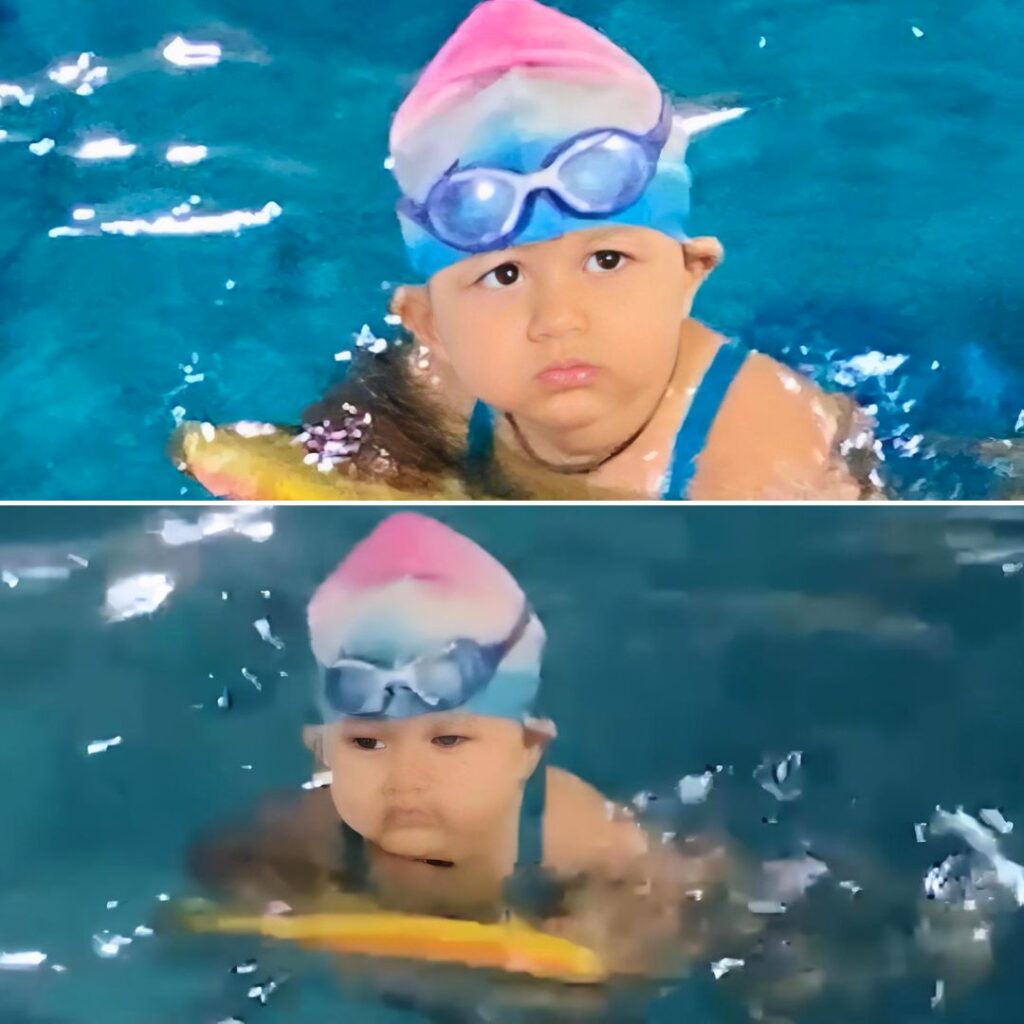We live in the era of technology and modernism. Today, science has involved in our life to such an extent that it is nearly impossible to imagine living without it. With so much progress around, we are also witnessing exponential growth in scientific knowledge and excellence.
A recent invention that could detect jaundice by a mere thumb imprint is testament to how science has made our life easier. IIT-Guwahati researchers have employed a technique for the quick test of the bilirubin levels to detect hyperbilirubinemia.
Bilirubin, jaundice, and hyperbilirubinemia
When red blood cells break down, a yellow-coloured substance called bilirubin is formed; hyperbilirubinemia is a condition in which there is too much bilirubin in the blood.)
Bilirubin levels indicate the stage of jaundice, which is a condition in which the amount of bilirubin in the blood is high and turns the urine, the sclera of the eye, and the skin yellow. Usually, a person is said to be suffering from jaundice if the bilirubin concentration in the blood exceeds 12 parts per million (PPM) in adults and 50 PPM in newborn babies.
The new technique to detect jaundice
A team of researchers at the Indian Institute of Technology (IIT), Guwahati used thumb imprints to detect excess bilirubin in patients. The technique uses gold nano-clusters and copper sulphate (process explained later). The team was led by Professor Arun Chattopadhyay from the Department of Chemistry and Centre of Nanotechnology.
The Logical Indian interviewed Shrestha Basu from IIT Guwahati, who is also the first author of the paper. Here are some excerpts of the interview.
How did you initiate the technique for detecting hyperbilirubinemia?
Professor Arun Chattopadhyay, the leader of the research group to which I belong, thinks that our the skin, sweat, and breath of an individual can be used as tools to detect health conditions of that particular person. We have been working on developing nanotechnology-based methods for diagnostics as they offer higher efficiency at relatively lower cost and the technology can be taken to a larger populace. The device, when it comes in body contact, detects the health conditions of the person. Bilirubin is known to get deposited onto skin and sclera when a patient is afflicted with hyperbilirubinemia. The reaction of bilirubin with copper ions is a reported phenomenon. Thus, we opined that the reaction of copper ions with bilirubin would lead to visually observable changes in luminescence of the clusters. In this way, we could develop a portable and robust diagnostic device for easy detection of hyperbilirubinemia which indicates jaundice.
What process did you use?
We have used the yellow-orange luminescence of gold nano-clusters to probe jaundice. The device was in the form of a film on which thumb imprint could be impressed. Briefly, yellow luminescent gold nanoclusters were coated onto a polymer membrane. The luminescence of the clusters was quenched in the presence of copper ions, which in turn led to a loss in luminescence of a certain portion of the film. On the other hand, bilirubin is known to react with copper. Therefore, bilirubin, either from blood serum or skin, would react with copper, thereby leading to the recovery of quenched luminescence of the clusters.
What else is used in developing this technique?
As the method developed herein for diagnosis of hyperbilirubinemia is based on a change in luminescence of nanoclusters, a UV source is required for illumination of the strip and to follow the consequential changes in luminescence of the film.
How beneficial is it for people?
Since the current method relies on a non-invasive, inexpensive, and a readily available device, it has the possibility to emerge as an important diagnostic technique with greater appeal to the larger populace – especially to the people residing in remote areas. This could be a quick primary test for identifying patients with jaundice. The confirmatory test can be done using blood and the conventional method.
How it is used and how/from when can people purchase it from the market?
When a drop of copper ion solution is placed in a part of the film, a non-luminescent area is observed in an otherwise luminescent film owing to the presence of copper ions. Now, if a patient afflicted with hyperbilirubinemia presses his/her thumb onto the non-luminescent region of the film for a while, the luminescence of the cluster containing film is observed to have been restored, owing to the removal of copper ions as such by bilirubin.
What drove you to develop this technique for detecting hyperbilirubinemia? In developing countries like India where mortality due to inadequate medical assistance is a serious concern, fabrication of “point of care” devices for at least preliminary aid is deemed essential. In this regard, jaundice is a prominent example which, due to late diagnosis, causes fatal effects on large populations. Our laboratory has …











